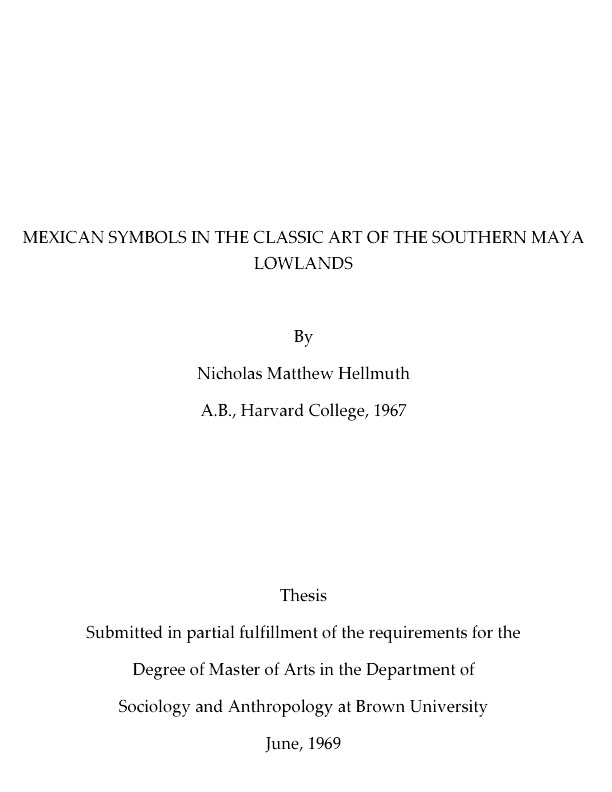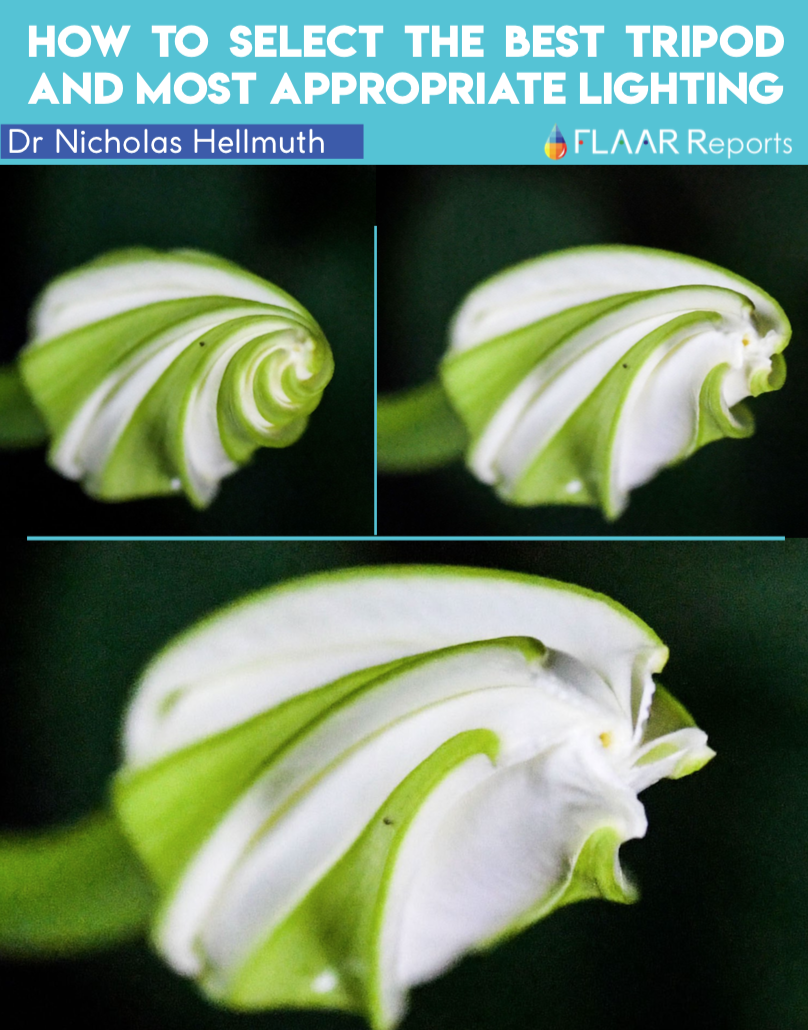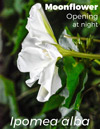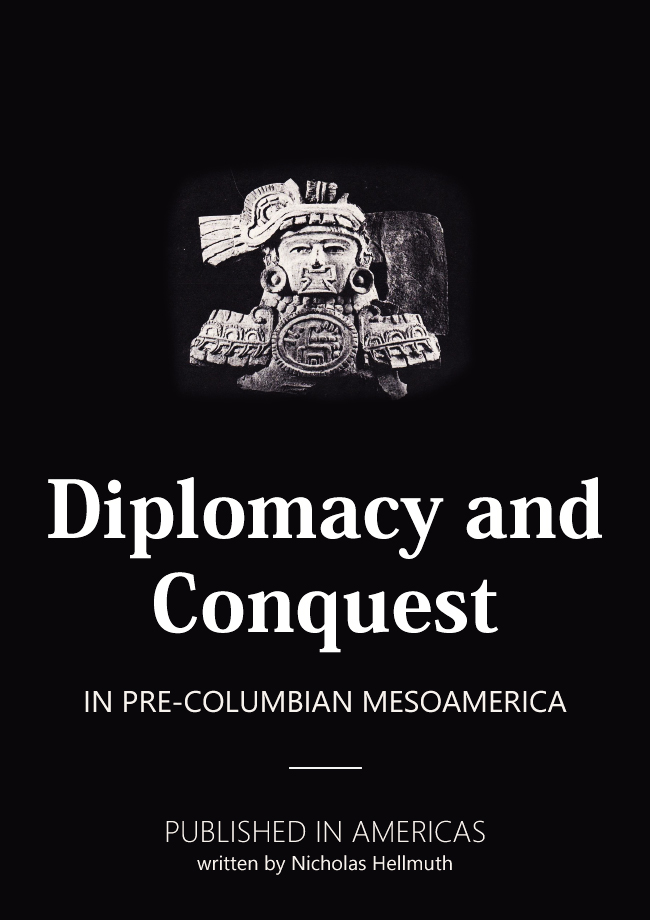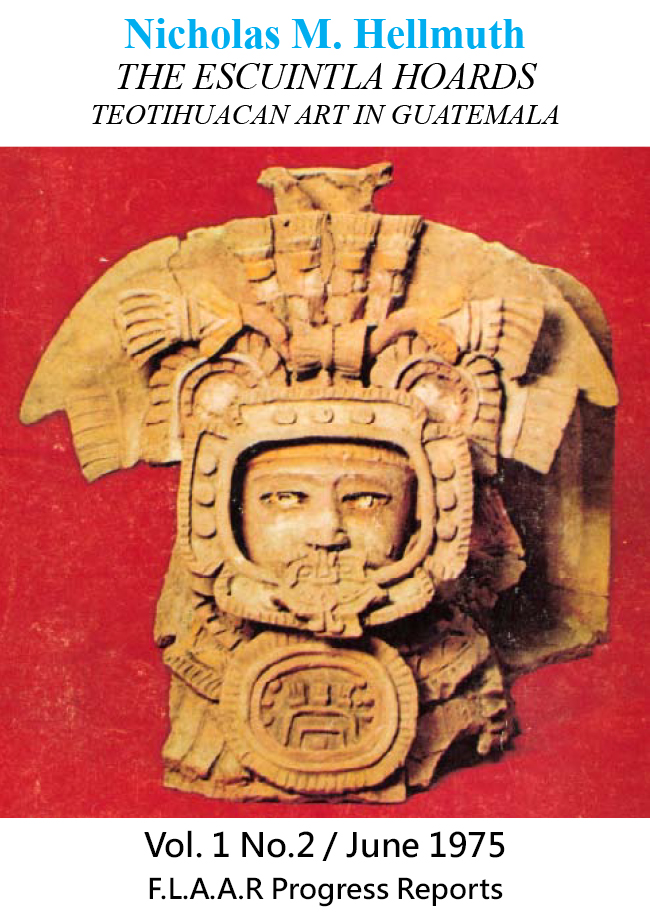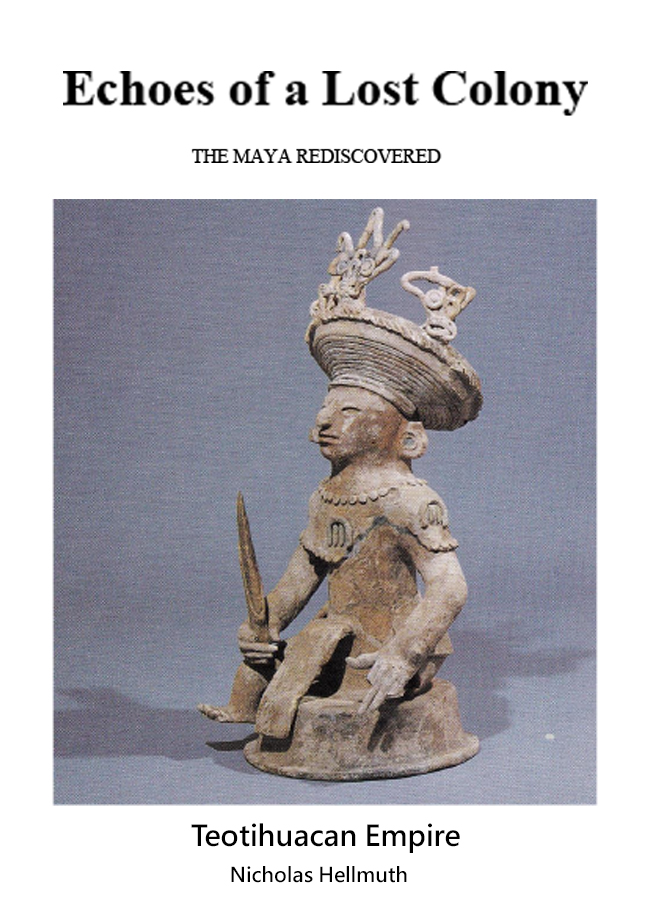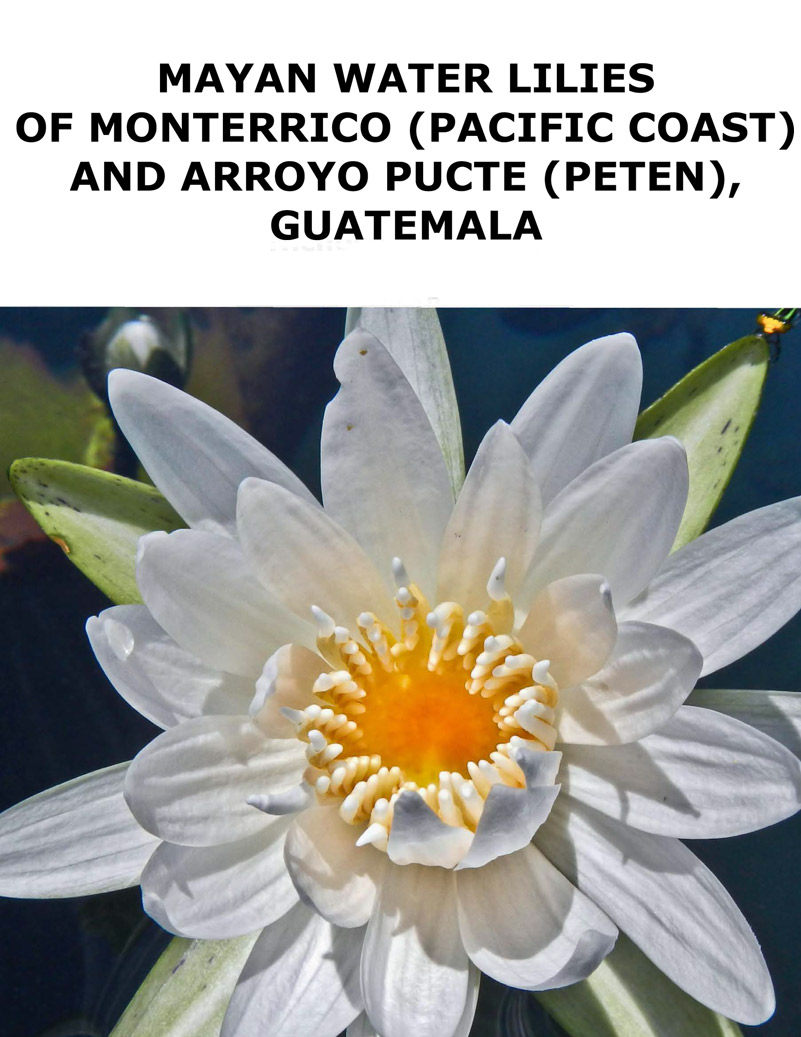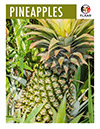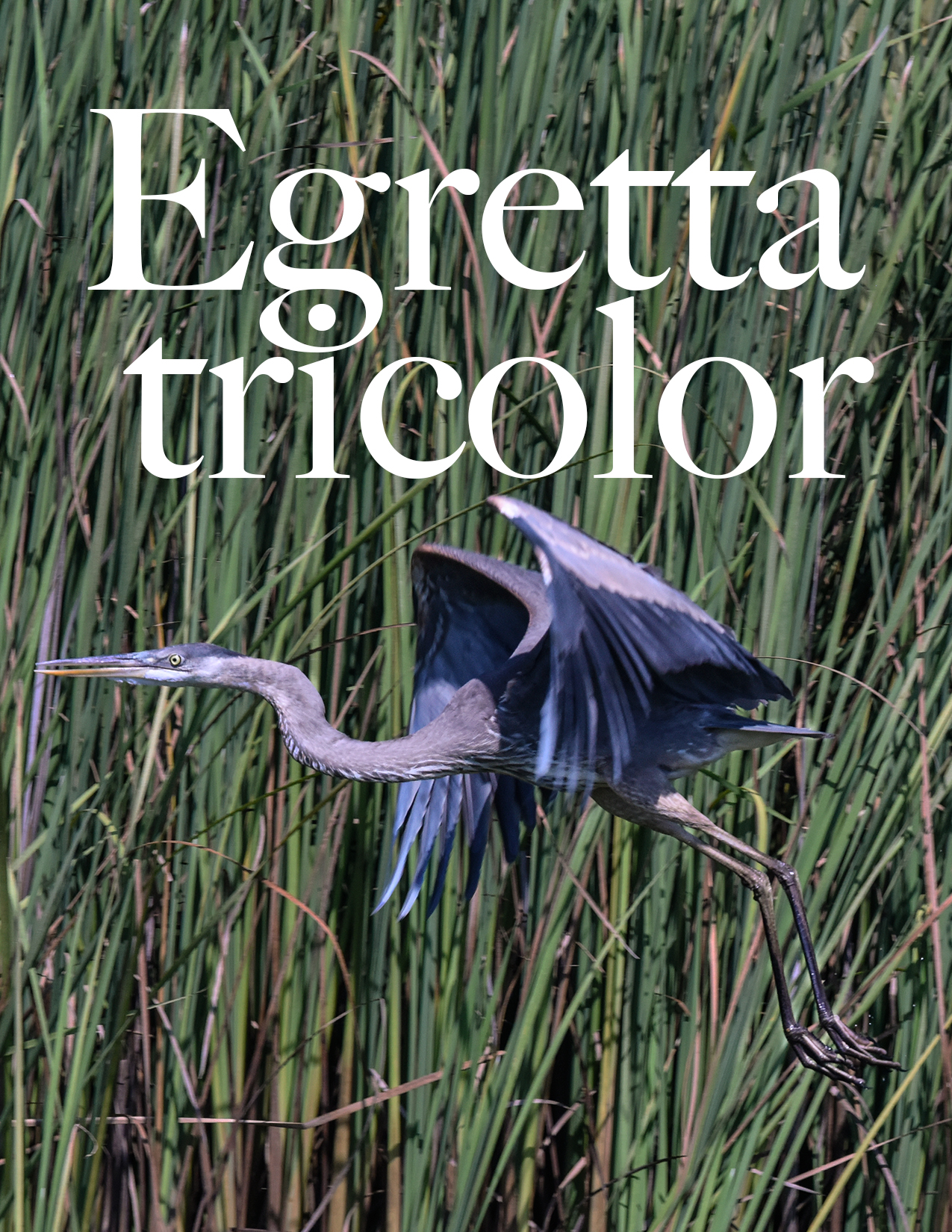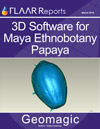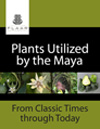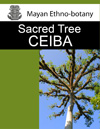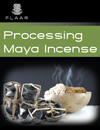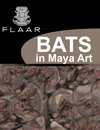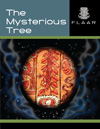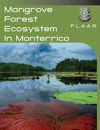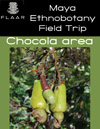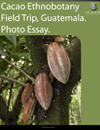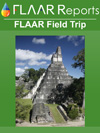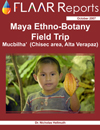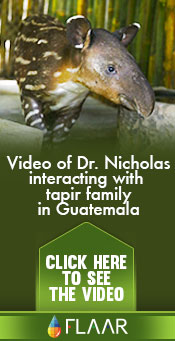FLAAR is interested in providing material and assistance for students doing all levels of serious academic work. FLAAR is a source of top quality digital photography and other technology aid. FLAAR is not a valid source of money per se (you can get funding elsewhere if you have a good thesis topic).
In some instances, however, FLAAR would provide a position at the FLAAR Mesoamerica office during the time you do your thesis, but this is not a position to receive substantial funding. In most instances working as a volunteer would be more realistic. But what you get in access to intellectual and equipment assets far outweighs the lack of actual cash. Anyone can pay your bills, but where else will you have access to the best digital photography equipment in Central America?
Plus, in some instances FLAAR would provide a team of specialists to work with you: botanist, zoologist, photographer (fully equipped). A benefit of the botanists and zoologists at FLAAR Mesoamerica is that they are already familiar with field work: they won’t faint if they see spiders, scorpions, or snakes (in fact we study all of these creatures).
We are interested in studies in all parts of Mesoamerica but Guatemala and Honduras are the most realistic since these are closest. But we are also interested in projects in Mexico and Belize. We have interest in certain aspects of Maya and Teotihuacan-related influence on El Salvador and the relations of these cultures, and especially Early Classic Maya in Costa Rica. FLAAR has a general interest in Olmec studies as well, which would include Mexico down through Costa Rica.
Please realize, however, that we do not ourselves engage in any archaeological excavations ourselves, nor collection of artifacts. There are thousands of capable archaeologists to do all this; but there are almost no top level digital photographers who have archaeological, botanical, or zoological field experience. Plus FLAAR has some of the best digital imaging software in Mesoamerica (we do not limit ourselves to Adobe Photoshop).
We prefer to interact at a thesis of PhD level, but will consider all levels.
-
Undergraduate thesis (BA),
-
Master’s Thesis,
-
Licenciado (a degree found in Latin America, usually equivalent to MA or at least an advanced BA level)
-
PhD
-
Habil (typical for German-speaking and German-influenced areas of Europe; not common in US).
Topics of interest to FLAAR include:
We tend to use the word Maya, but we are also interested in pertinent topics related to the Olmec, Classic Veracruz, Teotihuacan, and Zapotec archaeology.
Maya ethnobotany
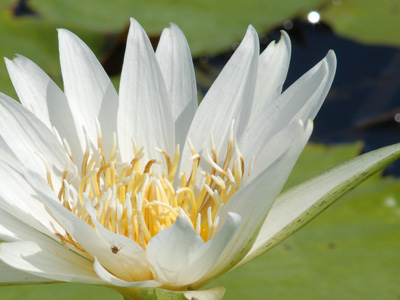 |
| Waterlily at Monterrico, Guatemala. © FLAAR Photo Archive |
Incense
Water lily
Flowers in Maya art
Mayan agriculture or any aspect of crops, or use of wild-foods.
Mayan zoology
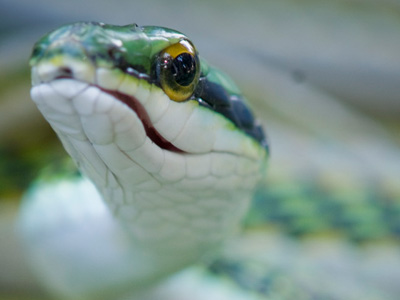 |
|
Leptophis Mexicanus snake at Zoológico La Aurora, Guatemala. Picture by Jaime Leonardo, © FLAAR Photo Archive
|
Bats in Mesoamerican Art. Such a thesis or dissertation should also include bats featured in the art of other pre-Columbian cultures, such as in the sculptures of El Tajin and in the Post Classic codices of all cultures.
Bats in Maya Art. There are enough bats in Maya art, sculpture, and hieroglyphs for a MA or PhD level thesis. Would need to have an interest in zoology, as it is not realistic to study bats in Maya art without studying the actual bats. By the way, not all bats live in caves.
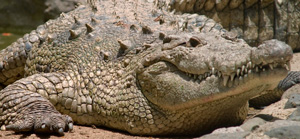 |
|
Crocodile at Zoologico La Aurora, Guatemala, © FLAAR Photo Archive
|
Turtles
Snakes
Birds
Felines
Deer
Crocodiles
Frogs and toads
Beetles in Maya art.
They look like lightning bugs, but there are two other bettle-like insects that could be involved. Plus there are many insects that are crucial to the ecology of the Peten and adjacent areas.
Mayan iconography
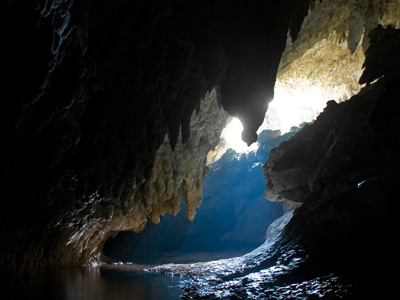 |
|
Mucbilha cave, Alta Verapaz, Guatemala. © FLAAR Photo Archive
|
Caves
Flowering vines
Water flows, both crocodile-flows, snake-flows, and cave flows.
Minerals used by the Maya and their neighbors
Obsidian
Jadeite
All forms of colorants
Any and all minerals used by the Classic Maya
Mayan linguistics
We are more interested in dictinaries than in grammar (sorry)
Mayan epigraphy
All aspects of epigraphy, including on pottery
 |
|
Chama vase rollout © FLAAR Photo Archive
|
Ethnohistory of the Maya area
FLAAR has prior experience working in the archives of Guatemala and in the Archivo de Indias, Sevilla, Spain.
Ethnographic studies
Please be sure that you have proper permissions where necessary.
Architecture
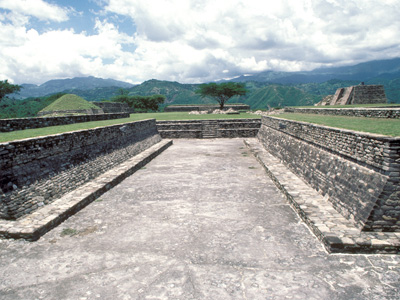 |
|
Ballcourt in Mixco Viejo, Guatemala. © FLAAR Photo Archive
|
Symbolism in domestic Maya houses (pole-and-thatch houses, today and in the past).
Ballcourt architecture
Pre-Columbian architecture that was not stone.
Temporary architecture for pagents, processions, and ceremonies.
Any and all aspects of 3d visualization of architecture
Teotihuacan
Butterflies in the art of Teotihuacan and Tiquisate
Tiquisate, Escuintla:
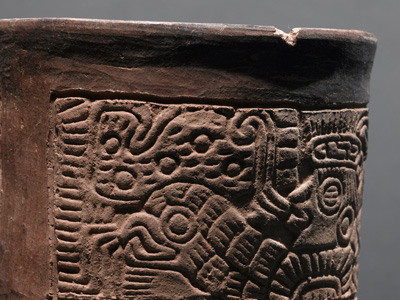 |
|
Tiquisate mold-impressed cylindrical tripod. © FLAAR Photo Archive
|
Ceramic art, figurines, incensarios
Sculpture of Cotzumalhuapa culture
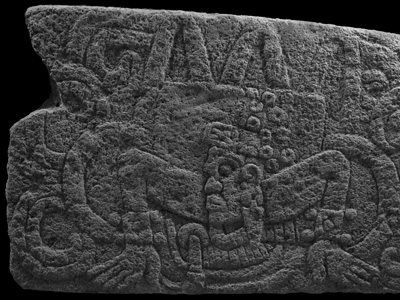 |
|
Sculpture at Museo Cultura Cotzumalhuapa, Guatemala. Picture by Jaime Leonardo, © FLAAR Photo Archive
|
Classic Veracruz sculpture
3D scanning of Mesoamerican artifacts
Animation of Mesoamerican themes.
Technology projects are also of interest
Other projects that FLAAR is interested in are any aspect of museum displays, especially using inkjet printing, or contour cutting technology.
Contact: FrontDesk@FLAAR.org. Please realize that it is much easier to discuss joint projects in-person.
First posted November, 2009.

